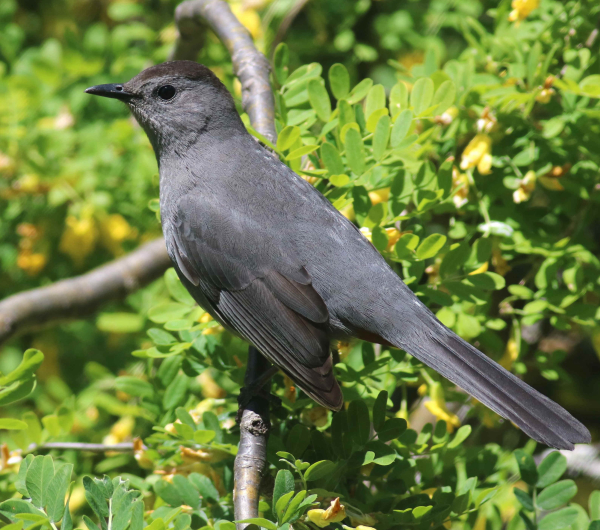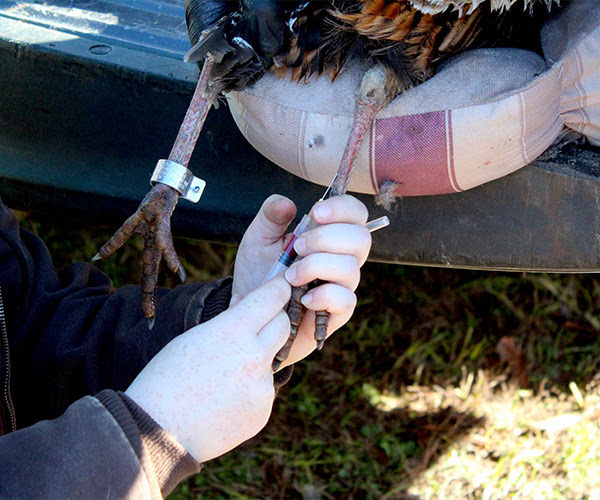Turkey Hunting During the Good ‘Ol Days
By Glen Wunderlich
When I first discovered the presence of wild turkeys in the northern reaches of Michigan’s Lower Peninsula back in 1980, my first-ever turkey permit arrived in the mail. I knew very little about the wary birds back then but began my education by listening to cassette tapes by Rob Keck, who led the National Wild Turkey Federation for 27 years as its CEO and was instrumental in the successful reintroduction of the turkeys from Mexico to Canada. I just about wore those tapes out before heading north alone with my small backpacking tent.
On state land in the Atlanta/Lewiston area, I ventured to the tallest point in the vast network of two-track roads in the setting sun in an effort to learn where the birds were roosting. It worked.
In the pre-dawn darkness, an impromptu blind was fashioned from fallen branches along the edge of a field where the big birds were spotted the day before. I settled in with my double-barrel 12-gauge shotgun and 3-inch shells of copper-plated 4 shot. That old box call rang out a few hen sounds and much to my amazement, two gobblers responded – one on each side of me!
Within minutes one of the puffed up males strutted from the timber directly to my left into the field. Lacking confidence to coerce the bird closer, I anxiously watched as the bird wandered farther and farther away. It was now or never and when I regained my composure after the shot, my first wild turkey wasn’t mine at all, as it scampered back into the woods.
Back then, as I recall, the success rate was about 3 percent for turkey hunters. The turkeys were still being trapped and relocated to areas across the state and the total kill in Michigan was less than 1,000 birds. Since the year 2000, however, the number of birds taken in Michigan’s spring season has surpassed 30,000 annually with the take peaking in year 2008 at over 42,000 birds in the spring season alone.
According to Michigan Department of Natural Resources Upland Game Bird Specialist Al Stewart, “Eastern turkey numbers have stabilized across much of their range after decades of expansion and reintroduction into new habitats and suitable range. There’s no state where turkey hunting is as good as it was 10 years ago.” Stewart also notes that in the Upper Peninsula turkeys are expanding west and are presenting new opportunities for hunters.
Some areas of the northern Lower Peninsula were met with severe winter weather the past two years and turkey populations there may be half or less of what they were a few years ago.
Although turkey numbers have declined in most of the central and southern portions of the Lower Peninsula, the outlook for spring turkey hunting is still good.
Resident tags are only $15 ($6 for seniors). So, shake off the winter blahs and enjoy some of the most exciting and accessible turkey hunting found anywhere, because these are the good ‘ol days.





